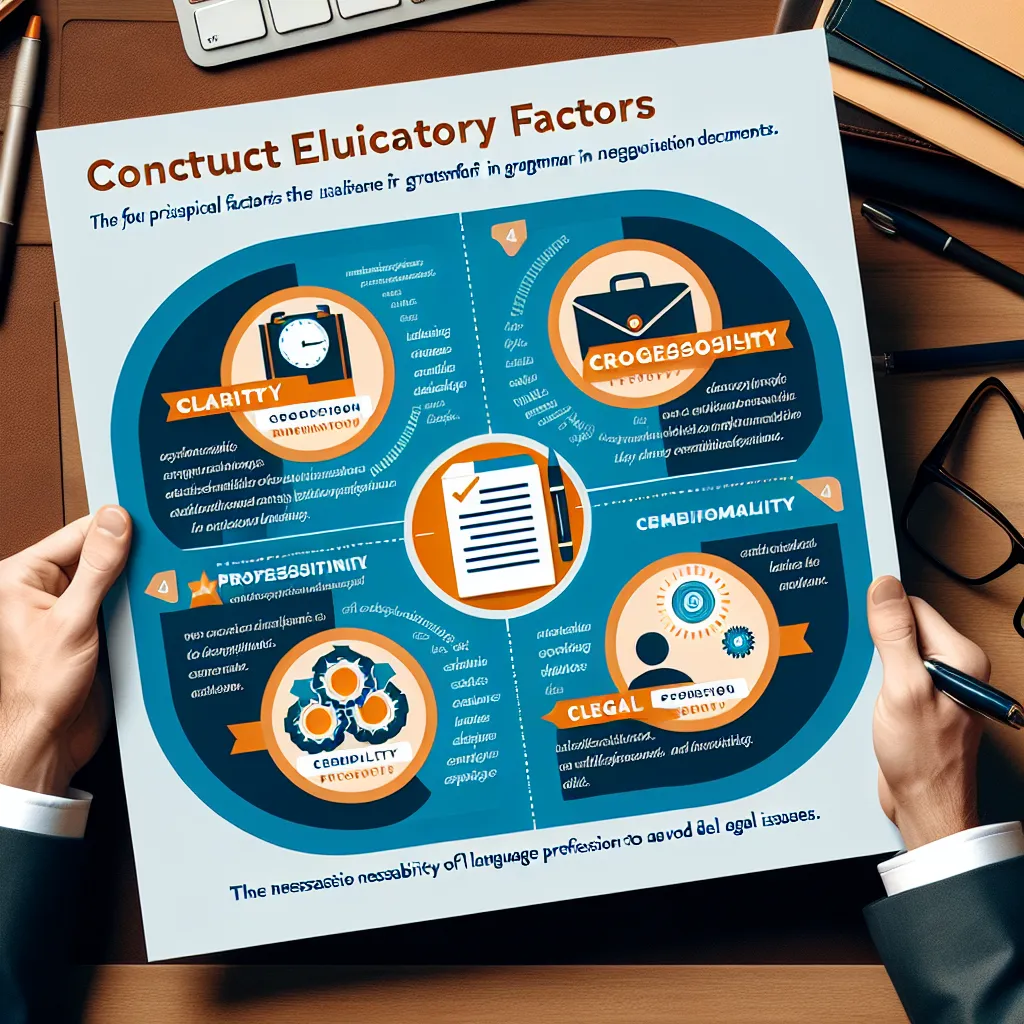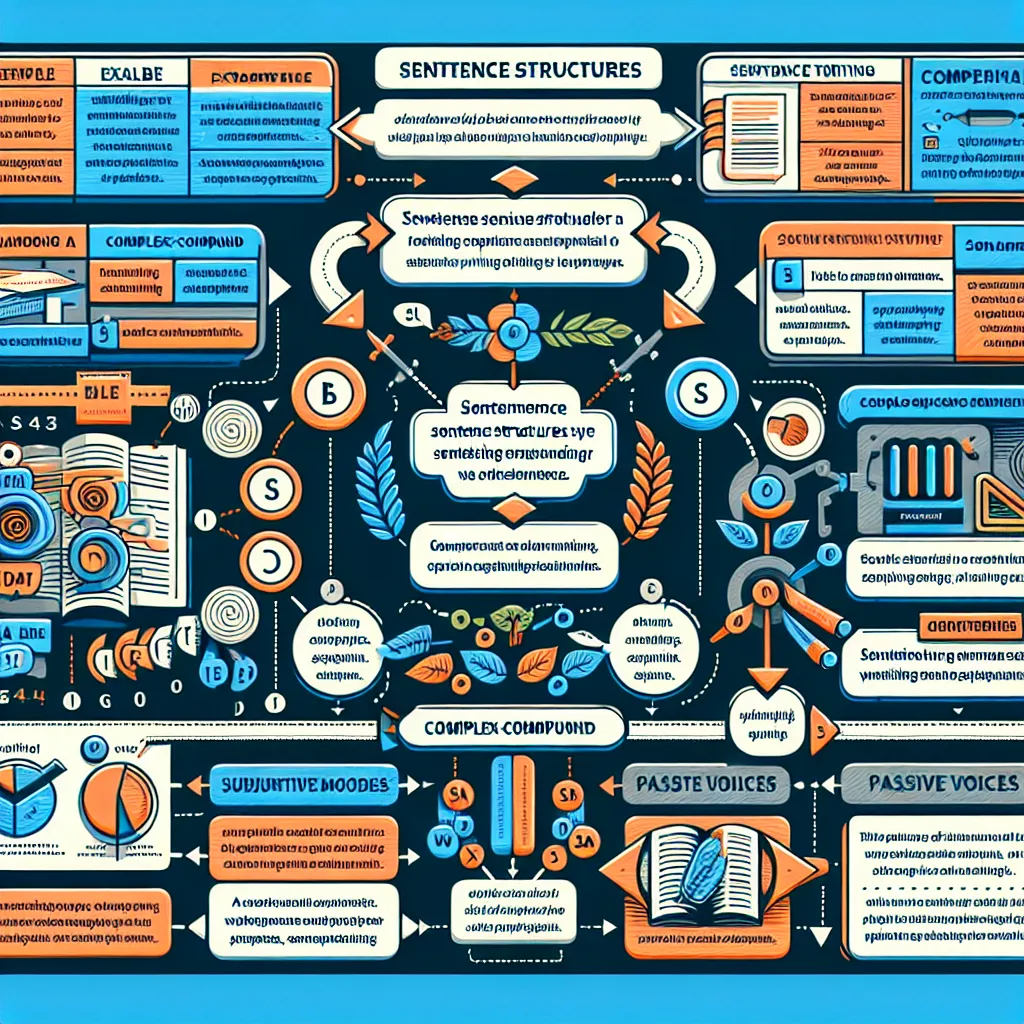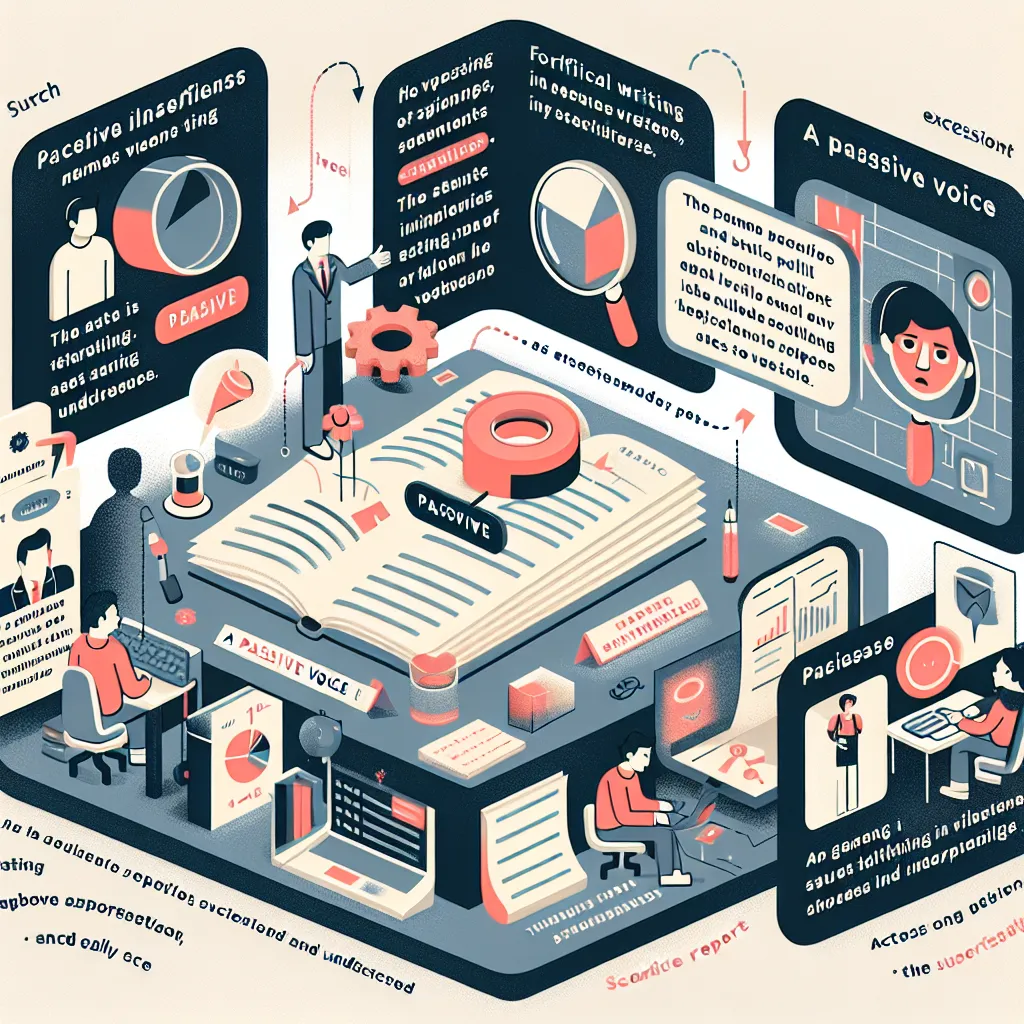Mastering grammar in negotiation documents is crucial for effective business communication. This guide will provide you with practical tips and strategies to enhance your grammar skills specifically for negotiation contexts.
Understanding the Importance of Grammar in Negotiations
Proper grammar in negotiation documents is essential for several reasons:
- Clarity: Well-structured sentences ensure your message is understood correctly.
- Professionalism: Correct grammar reflects your attention to detail and competence.
- Credibility: Error-free documents build trust with your negotiation partners.
- Legal protection: Precise language can prevent misunderstandings and potential disputes.
 Importance of Grammar in Negotiations
Importance of Grammar in Negotiations
Key Grammar Areas to Focus On
1. Verb Tenses
Using the correct verb tense is crucial in negotiation documents. Here are some examples:
- Present tense for current facts: “Our company offers competitive rates.”
- Future tense for commitments: “We will deliver the goods by next month.”
- Past tense for previous agreements: “As we discussed in our last meeting…”
2. Conditional Statements
Mastering conditionals is essential for expressing possibilities and consequences:
- First conditional (likely future scenarios): “If you agree to these terms, we will sign the contract immediately.”
- Second conditional (hypothetical situations): “If we were to increase our order, would you offer a larger discount?”
- Third conditional (impossible past scenarios): “Had we known about the delay, we would have made alternative arrangements.”
3. Modal Verbs
Modal verbs are crucial for expressing levels of obligation, possibility, and permission:
- Must: “All parties must sign the agreement by Friday.”
- Should: “You should consider our proposal carefully.”
- May/Might: “We may be able to offer a discount on bulk orders.”
- Can/Could: “We can arrange a meeting next week if you’re available.”
4. Passive Voice
While active voice is generally preferred, passive voice can be useful in negotiations to:
- Shift focus: “The shipment will be delivered by next week.” (focus on the action, not who’s doing it)
- Maintain neutrality: “It was agreed that both parties would share the costs.” (avoiding blame or credit)
5. Parallel Structure
Ensure consistency in your writing by using parallel structure:
Incorrect: “The contract includes pricing, delivery terms, and how to handle disputes.”
Correct: “The contract includes pricing, delivery terms, and dispute resolution procedures.”
Practical Tips for Improving Grammar in Negotiation Documents
-
Use grammar checking tools: Utilize software like Grammarly or ProWritingAid to catch common errors.
-
Read aloud: This practice helps you identify awkward phrasing and grammatical mistakes.
-
Create a style guide: Develop a document outlining your company’s preferred grammar rules and conventions.
-
Peer review: Have colleagues review your documents for grammatical accuracy and clarity.
-
Study model documents: Analyze well-written negotiation documents from your industry to learn best practices.
-
Take online courses: Consider enrolling in business writing or legal English courses to refine your skills.
 Tips for Improving Grammar in Negotiation Documents
Tips for Improving Grammar in Negotiation Documents
Common Grammar Pitfalls in Negotiation Documents
Be aware of these frequent errors:
-
Subject-verb agreement: “The terms of the agreement is clear.” (Correct: “The terms of the agreement are clear.”)
-
Misplaced modifiers: “As a valued customer, we offer you a special discount.” (Correct: “We offer you, a valued customer, a special discount.”)
-
Dangling participles: “Upon signing the contract, the deal will be finalized.” (Correct: “Upon signing the contract, both parties will finalize the deal.”)
-
Pronoun-antecedent agreement: “Each party must submit their proposal.” (Correct: “Each party must submit its proposal.”)
-
Comma splices: “We accept your offer, we’ll send the contract tomorrow.” (Correct: “We accept your offer. We’ll send the contract tomorrow.” or “We accept your offer; we’ll send the contract tomorrow.”)
Advanced Grammar Techniques for Negotiation Documents
To elevate your writing, consider incorporating these advanced techniques:
- Subordinating conjunctions: Use words like “although,” “whereas,” and “notwithstanding” to create complex sentences that show relationships between ideas.
Example: “Although we appreciate your initial offer, we believe there’s room for further negotiation.”
- Nominalizations: Convert verbs or adjectives into nouns to create a more formal tone when appropriate.
Example: “The implementation of the new terms will begin next quarter.” (instead of “We will implement the new terms next quarter.”)
- Parallel structure in lists: Ensure all items in a list follow the same grammatical structure.
Example: “The agreement covers pricing structures, delivery schedules, and quality assurance protocols.”
- Precise language: Use specific, unambiguous terms to avoid misinterpretation.
Example: Instead of “soon,” specify “within 30 days of contract signing.”
- Cohesive devices: Employ transitional phrases and words to improve the flow of your document.
Example: “Furthermore,” “In addition,” “Consequently,” “However,” “Therefore.”
For more advanced grammar techniques in business communication, you might find our article on advanced grammar for business English helpful.
Proofreading Strategies for Negotiation Documents
Effective proofreading is crucial for ensuring grammatical accuracy. Here are some strategies:
- Take a break before proofreading to approach the document with fresh eyes.
- Read the document backwards to focus on individual words and catch spelling errors.
- Use a ruler or blank sheet to cover text below the line you’re reading to maintain focus.
- Print out the document; errors are often easier to spot on paper.
- Read the document aloud to catch awkward phrasing and run-on sentences.
- Use text-to-speech software to hear how your document sounds.
Remember, proper grammar in negotiation documents is not just about correctness—it’s about clear communication and professionalism. By focusing on these key areas and implementing these strategies, you can significantly improve the quality and effectiveness of your negotiation documents.
For additional tips on mastering English in business contexts, check out our guide on tips for mastering English in business communication.
Conclusion
Improving grammar in negotiation documents is an ongoing process that requires attention to detail, practice, and continuous learning. By focusing on key grammar areas, avoiding common pitfalls, and implementing advanced techniques, you can create clear, professional, and effective negotiation documents. Remember to utilize proofreading strategies and grammar tools to refine your work. With dedication and practice, you’ll be able to craft negotiation documents that not only convey your message accurately but also enhance your professional image and negotiation outcomes.




